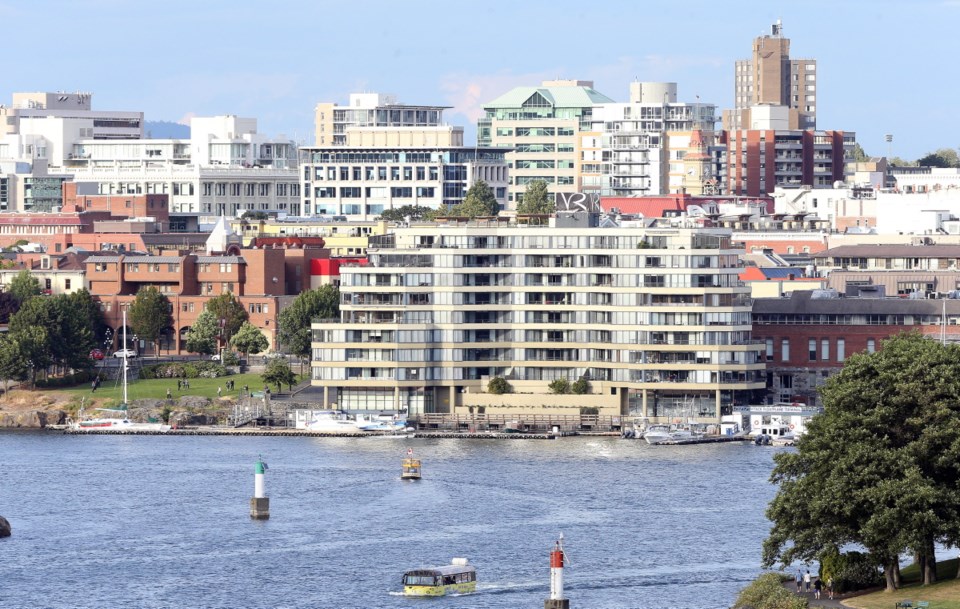Greater Victoria has the second least affordable housing market in Canada, according to an international study of urban housing markets.
The capital region is behind Vancouver, which was named the second most unaffordable housing market in the world next to Hong Kong.
“I knew it was bad, but I didn’t realize it was that bad,” said Victoria Mayor Lisa Helps, who cited low-paying jobs, scarcity of land and government fees as part of the city’s affordability problem.
The 11th annual Demographia International Housing Affordability Survey looked at 378 metropolitan areas in nine countries, comparing house prices and income levels. The urban planning think-tank’s study classifies house prices that are more than three times the median income as unaffordable.
In 2014, the U.S. and Canada had “moderately unaffordable” ratings of 3.4 and 3.9, respectively. When only major markets — those with a population of one million or more — are considered, Canada is a “seriously unaffordable” 4.4.
By comparison, Hong Kong’s rating was 17, making it the least affordable market in the history of the survey.
Vancouver’s multiple median rating was 10.6, meaning market housing prices are more than 10 times the local median income. Values above 5.1 are considered “severely unaffordable.”
Victoria’s rating was 6.7, making it the second least affordable market in Canada and B.C., and the 34th least affordable market in the world. According to the survey, the median house price in Victoria is $445,100 while the median income is $66,600.
Helps said increasing density in the region could alleviate the problem. Victoria’s official community plan has lots of room for that, she said, but it depends on the will of council to change zoning.
“I don’t think we need to build highrises in Fairfield, but if we want to address the housing issue we need to look at [higher density],” said Helps, adding the region should work collaboratively on affordable housing options.
Four out of the Canada’s least affordable cities were in B.C., including Kelowna (fourth, 6.4) and the Fraser Valley (fifth, 6.1). Toronto was third, with a 6.5 rating. While median housing prices in Toronto are slightly higher than in Victoria ($482,900), the median income is also higher ($73,900).
The survey noted that historically the ratings in Canada were similar to Australia, Ireland, New Zealand, the U.K. and the U.S. at about two to three times median household incomes. The cities that have broken from this trend with a major increase in inaffordability have one thing in common: severe land-use restrictions coupled with higher land prices.
“A lot of the cost in our region is land cost,” said Casey Edge, executive director of the Victoria Residential Builders Association. He noted the building and labour costs of new homes have actually gone down since 2008. “Increased density is always challenging in this area. People are used to a certain type of neighbourhood.”
Edge said land-use planning is decades old and modelled after neighbourhoods with single-family home lots. “With the demand for housing and population increasing, that might not be suitable anymore,” he said, pointing to Langford’s small lot subdivisions and Saanich’s higher density lots as example of increasing density and creating affordable homes.
Canada’s affordable housing markets
In the Demographia survey, affordable markets are those in which houses cost less than 3.0 times the median income:
- Moncton, N.B. — 2.2
- Saint John, N.B. — 2.5
- Fredericton, N.B. — 2.5
- Windsor, Ont. — 2.8
- Charlottetown, P.E.I. — 2.9



